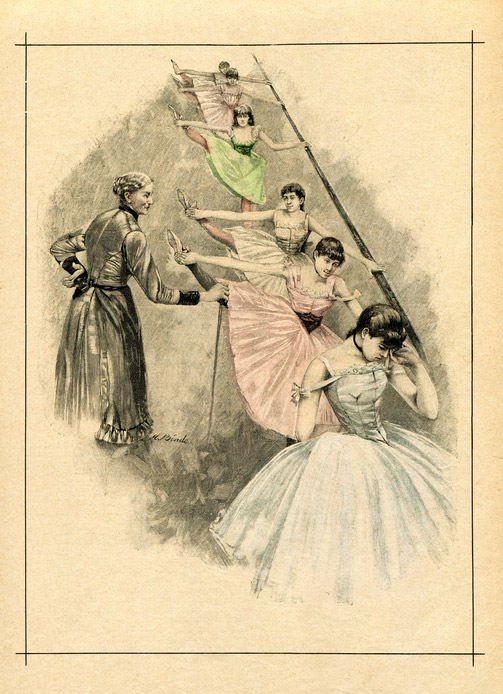 As Laban’s desire to become a dancer grew, he realized that he had set his heart “on the most despised profession in the world.” Compared to the visual arts, dance was a discipline defined more by what it lacked than by what it offered.
As Laban’s desire to become a dancer grew, he realized that he had set his heart “on the most despised profession in the world.” Compared to the visual arts, dance was a discipline defined more by what it lacked than by what it offered.
By the beginning of the 20th century, the visual arts had a long history, surviving masterpieces, institutions devoted to preservation and development, evolving venues for innovation, and most importantly, theories and writings by artists themselves that illuminated practices, styles, and innovations.
Unlike painting or sculpture, dance was ephemeral, existing only while being performed. Art students could study the masterpieces of other ages. Dancers could not.
Traditional forms were predominant in dance, while the visual arts were rapidly modernizing.
In comparison, dance must have seemed to Laban to be a very poor art indeed.
Consequently, Laban’s familiarity with the European art world sparked his ambition to improve the status of dance. And he did, by integrating his first career with his second.
Find out more in my October online workshop, “His Hand and Head: How Laban Created Movement Patterns,” offered through the Laban/Bartenieff Institute of Movement Studies.
